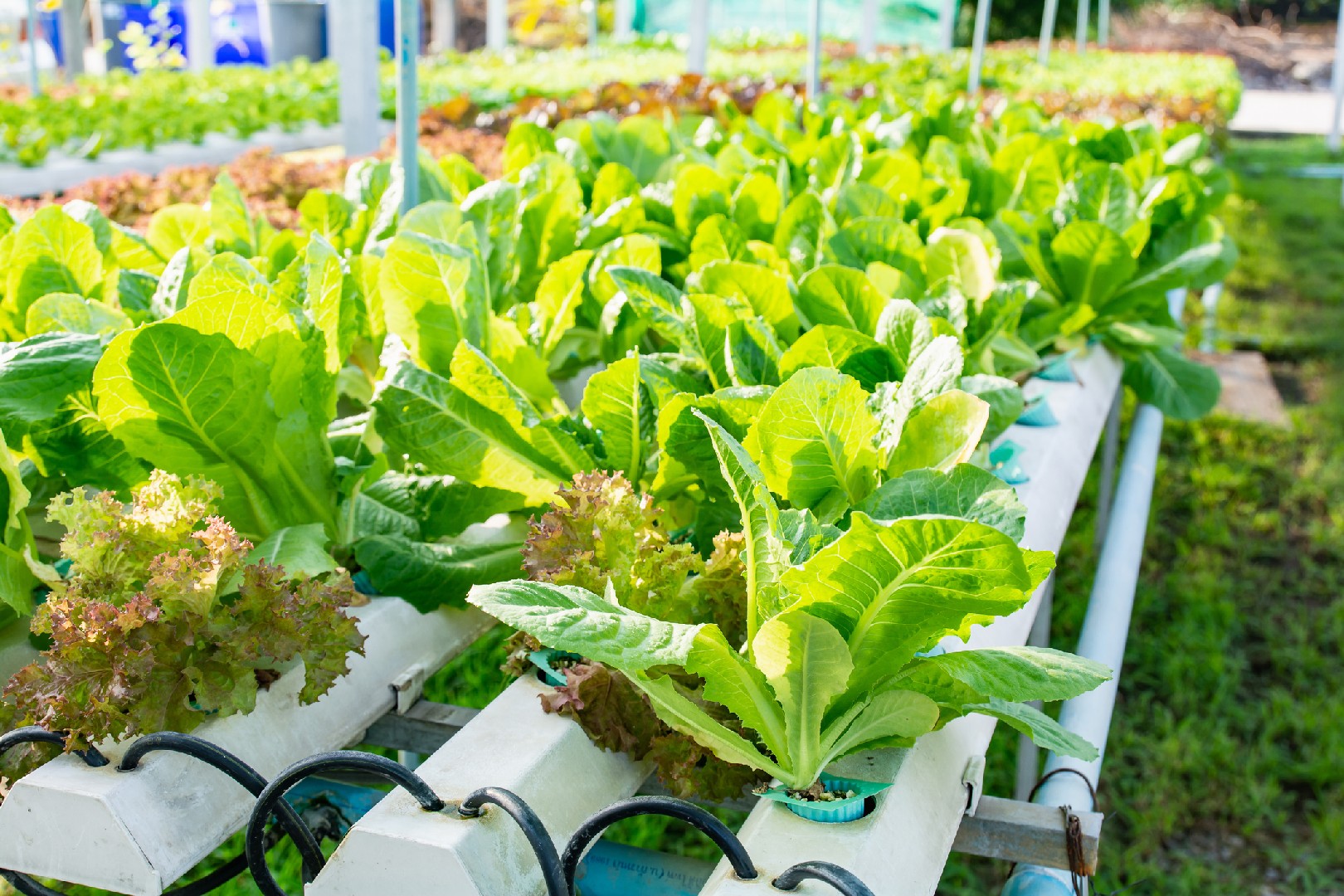![Rectangle]()
Aquaponics: Merging of Aquaculture and Hydroponics
Aquaponics is a fascinating method of gardening that combines the principles of aquaculture and hydroponics. This innovative system leverages the symbiotic relationship between fish and plants to create a self-sustaining ecosystem. By incorporating aquatic life into the gardening system, aquaponics offers a natural extension of hydroponics for urban areas.
One of the key benefits of aquaponics is the recycling of waste. In this system, fish waste is broken down by bacteria into nitrates, which serve as nutrients for the plants. As the plants uptake these nutrients, they purify the water before it is returned to the fish tank. This closed-loop system minimizes water usage and eliminates the need for synthetic fertilizers, making aquaponics an environmentally friendly choice.
Another advantage of aquaponics is the increased yield it provides. The nutrient-rich water promotes rapid plant growth, allowing for higher plant density and faster harvests. Additionally, since the plants receive a constant supply of nutrients, they are less prone to nutrient deficiencies or imbalances. This results in healthier, more robust plants that are less susceptible to pests and diseases.
Setting up a simple home-based aquaponics system is not as intimidating as it may seem. To get started, you will need a few basic components: a fish tank, a grow bed, a water pump, and some medium for the plants to grow in. The fish tank should be large enough to accommodate a suitable number of fish, while the grow bed should have enough space for your desired plants.
First, fill the fish tank with water and introduce fish species that are well-suited to aquaponics, such as tilapia or catfish. Next, connect the water pump to circulate the water between the fish tank and the grow bed. The pump will also help aerate the water, ensuring that the fish have enough oxygen.
In the grow bed, fill it with a medium that can retain moisture and provide support for the plants' roots. Options include expanded clay pellets, coconut coir, or even gravel. Plant your preferred vegetables or herbs in the grow bed, ensuring that their roots are in contact with the nutrient-rich water.
Maintaining water quality is crucial in aquaponics. Monitor the pH level, ammonia, nitrate, and nitrite levels regularly to ensure a healthy environment for both the fish and plants. Beneficial bacteria, which convert toxic ammonia into nitrate, play a vital role in this system. To establish these bacteria, you can add a water conditioner or introduce them naturally by seeding the system with established aquaponics media.
Once your system is up and running, enjoy the rewards of homegrown produce that surpasses store-bought alternatives in taste and freshness. Experiment with different fish and plant combinations, and observe how they interact within the aquaponics ecosystem.
Aquaponics offers an exciting and sustainable approach to gardening in urban areas. Its ability to recycle waste, increase yield, and provide organic cultivation makes it an excellent option for anyone interested in no-soil gardening. By following the simple steps outlined above, you can create your own aquaponics system and embark on a rewarding journey towards self-sufficiency and a greener lifestyle.





